It is well-known that "Old pond" from Basho is the most famous Haiku in Japanese poetry.
Oh, old pond,
a frog leaps from the shore,
sound of water.
However, have you heard of an ancient Chinese quatrain similar to it on the surface, but widely different from it in nature?Let's appreciate it at first!
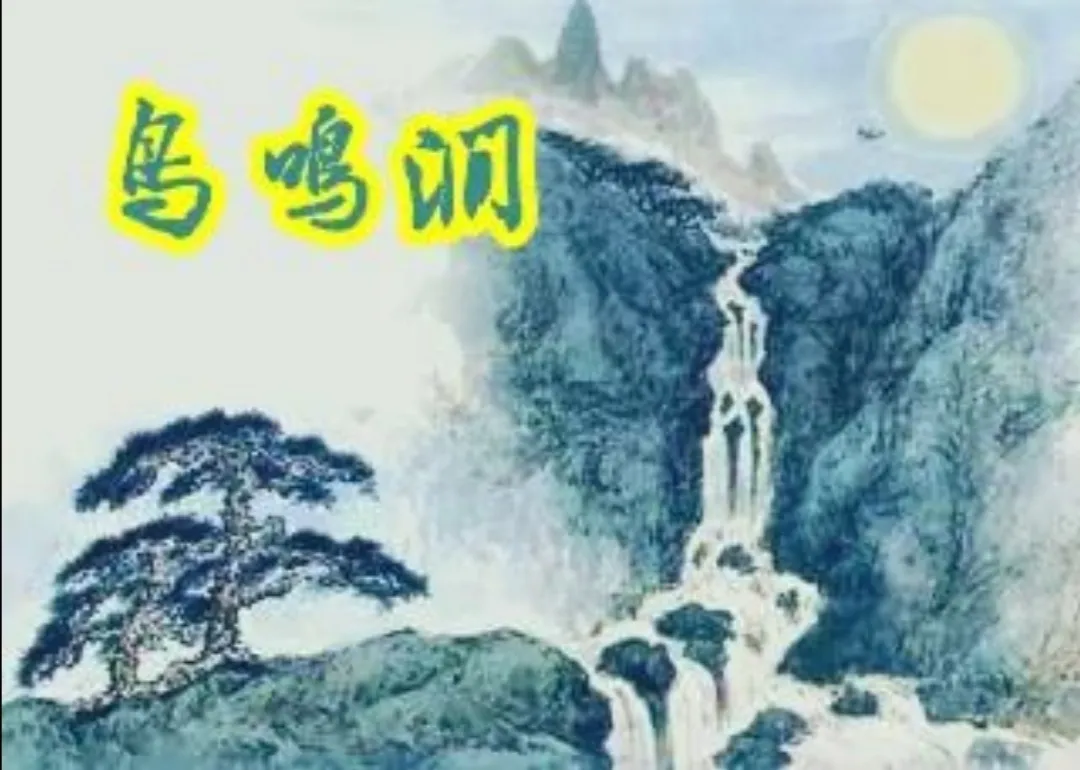
鸟鸣涧
(唐)王维
人闲桂花落,
夜静春山空。
月出惊山鸟,
时鸣春涧中。
I find there are unexpectedly 5 English versions of it online, so I list them one by one!
Version 1:
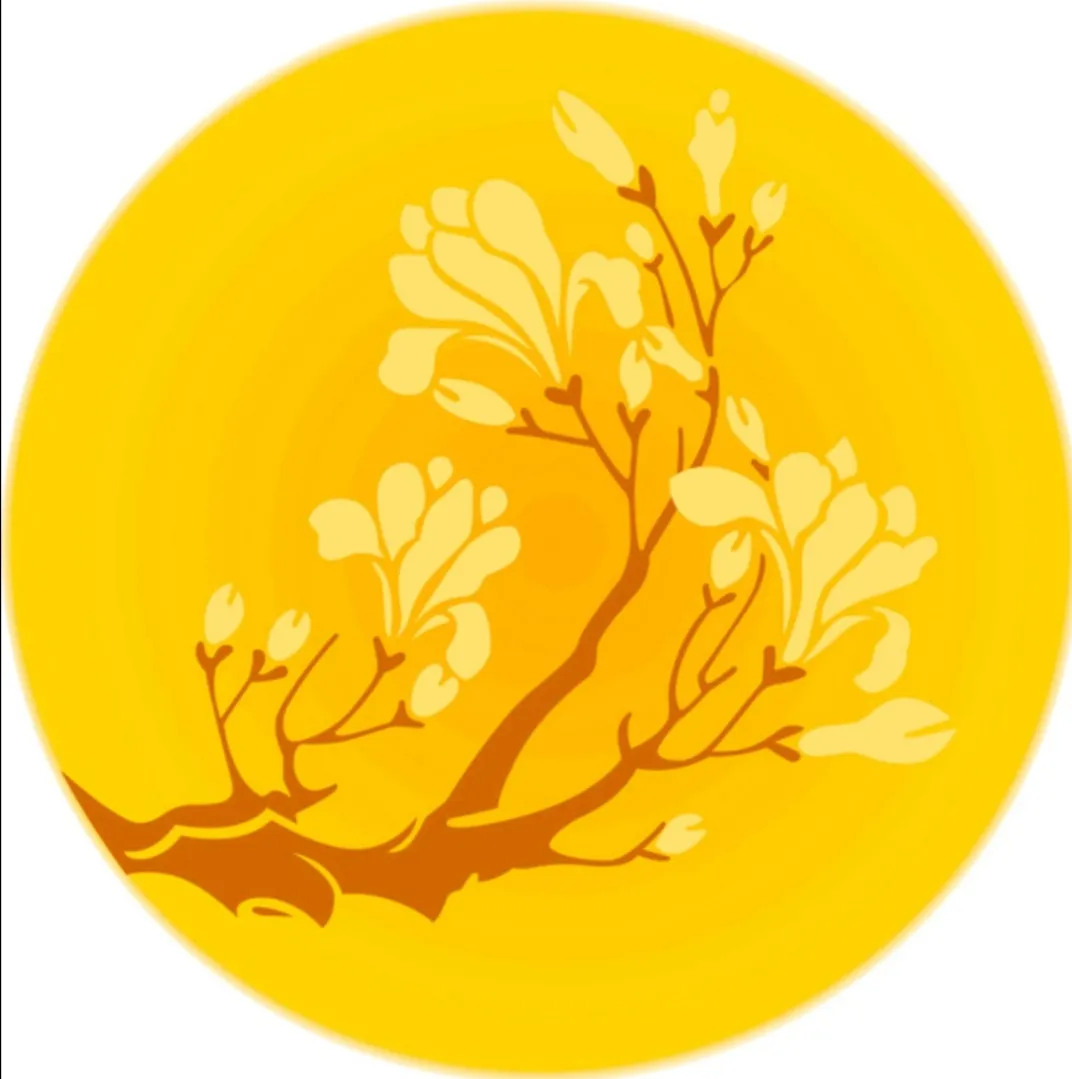
Free and at peace.
Let the sweet osmanthus shed its bloom.
Night falls and the very mountains dissolve into the void.
When the moon rises and the birds are roused, their desultory chirping only accents the deep hush of dales.
Version 2:
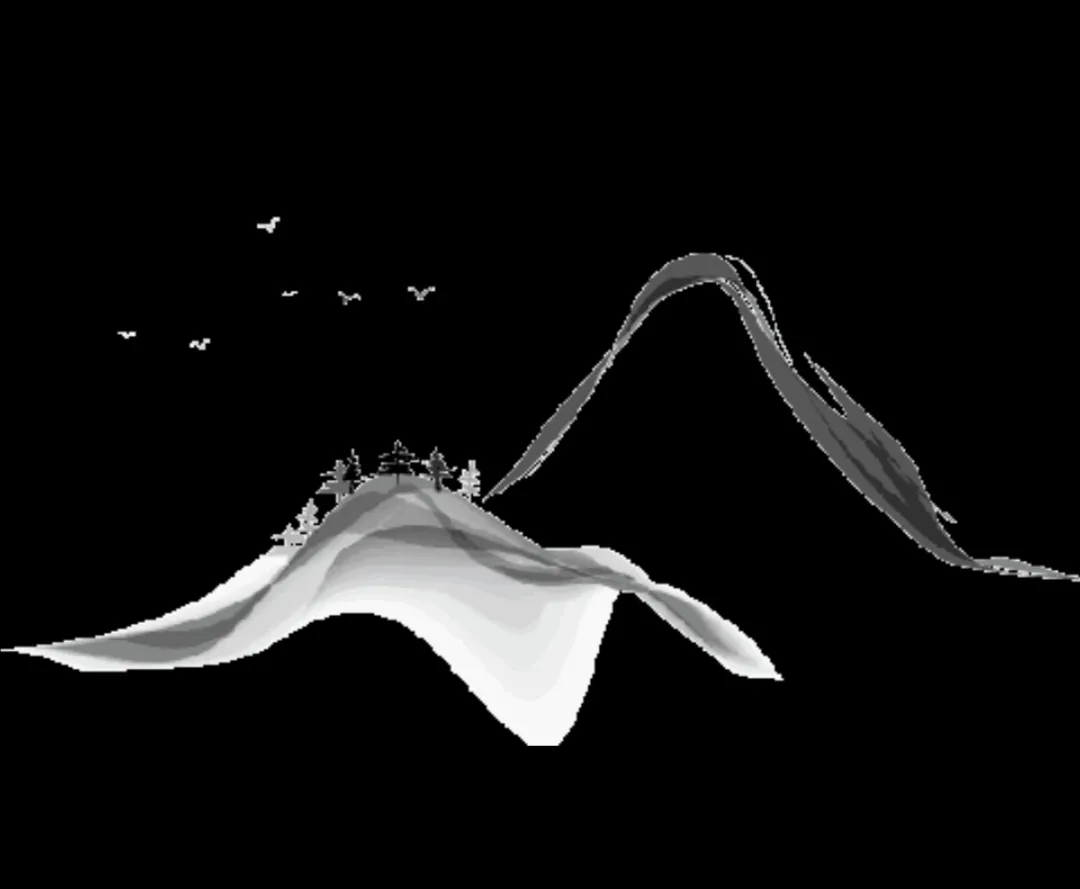
Bird-Chirping Hollow
The light beams of the moon on the earth softly rain,
The night is quiet, the spring mount empty.
The moon’s up-rise the birds doth frighten,
To cry now and then in the springtide hollow.
Version 3:
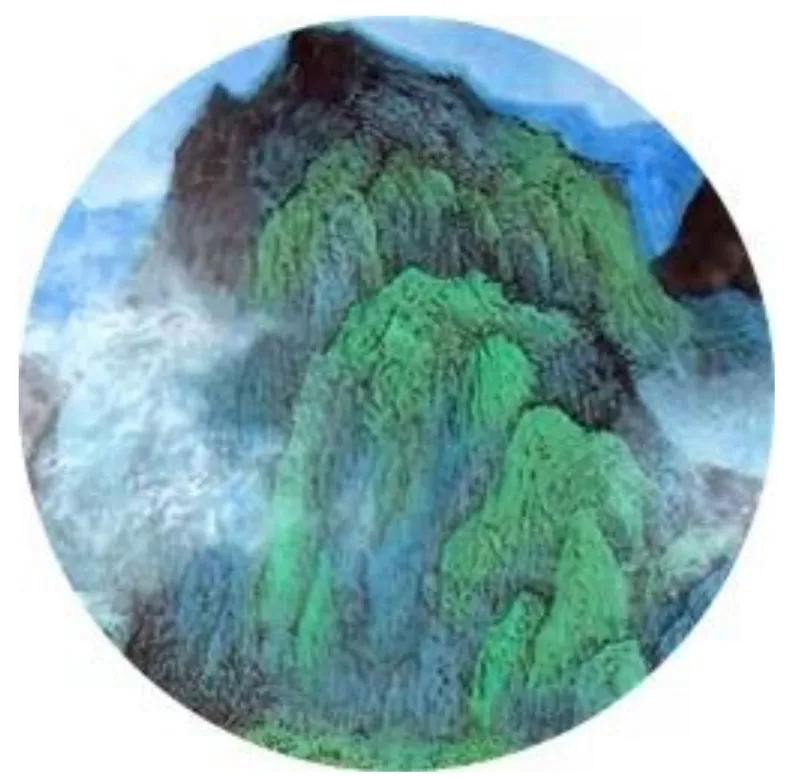
Bird-Singing Stream
Man at leisure. Cassia flowers fall.
Quiet night. Spring mountain is empty.
Moon rises. Startles—a mountain bird.
It sings at times in the spring stream.
Version 4:

The Warble Ravine
In quiet hear how bay-flowers fall to the ground—
The vernal hills at night are void around!
At times the birds are startled by the moon,
Whose climb is heard in the dale with a warbling tune.
Version 5:
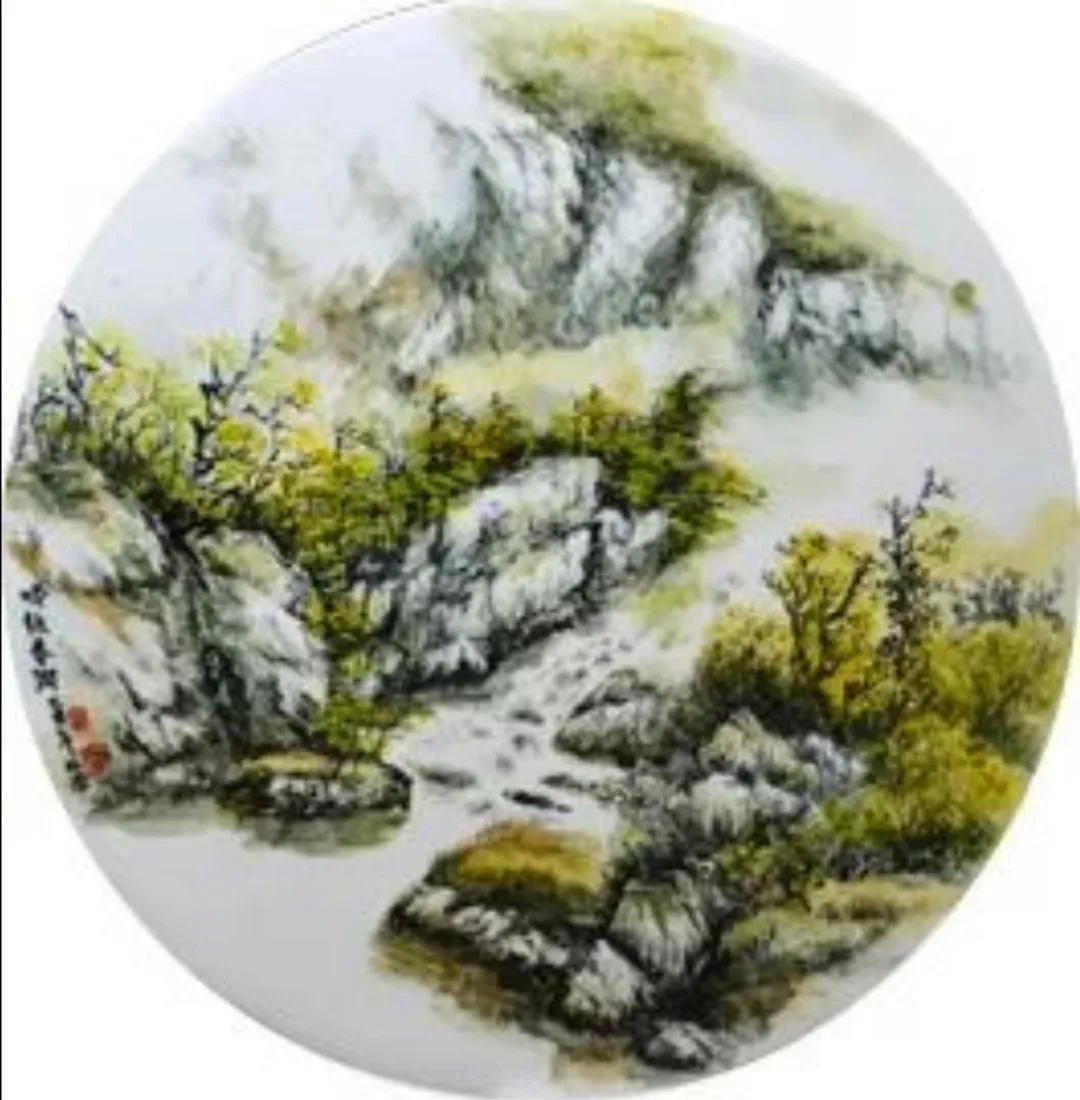
The Dale of Singing Birds
Sweet laural blooms fall unenjoyed;
Vague hills dissolve into night void.
The moonrise startles birds to sing;
Their twitters fill the dale with spring.
source
Personally, my favorite is the Version 5 from a famous English translator--Professor Xu Yuan Chong. Not only is it written in rhyme, but the word "unenjoyed" used in the first one is so humanlike and precise.
Its original author is Wang Wei--a famous poet good at both writing and landscape painting in Tang dynasty/唐朝. Just as I mentioned before, there are a lot of excellent poets and poems in Tang dynasty. We can say Tang dynasty is the most open-minded and prosperous period in Chinese history, which should be the reason why "Chinatown" overseas is called "Tang people's street/唐人街". If I had a magic pen, I would write an article especially describing Sui and Tang dynasties from all kinds of aspects; I believe everyone will fall in love with it. Pitifully I have not such kind of talent for writing. All I can do here is offer and share Tang poems as many as possible, leaving readers to imagine what Tang dynasty was like by themselves.
Apparently, this quatrain is alike to the Haiku:Old Pond. They are both set in a quiescent background. However, in essence, they are just at opposite poles. We can smell a joyful breath of spring from the quatrain whose style is tranquil and full of leisurely charm. Whereas, in Haiku Old Pond, we can even feel a hint of fear; the plop sound of water sounds a little horrible. Somehow, it always reminds me of the legendary Japanese ninja or an attempted assassination/coup. I guess it is due to the fact that 2 authors were in the different political environment. It is said that Edo era when Basho wrote his Haiku is a relativly closed but peaceful time; Tang dynasty is an open and seething period.
In a word, Quatrain and Haiku are like 2 beautiful flowers coming from the one stalk. The moon starles a flock of birds to come out and sing---a bright tone-- representing a kind of comic esthetics! One frog jumps from the shore into the water and disappears all of sudden---a somber tone---a kind of tragic esthetics!
Do you agree on my comparison between Japanese Haiku and ancient Chinese poem?Which one do you prefer?Welcome to let me know in the comments!